Crete, Home of the Minoan Civilization
Only six kilometers from our exclusive Legacy Gastro Suites, towards the south of the capital city of Crete, Heraklion, on a hill known as Kephala, lies the Palace of Knossos, probably the largest of the Minoan palaces in Crete. Knossos was at the core of the highly sophisticated civilization that populated the island over 3,500 years ago.
Discovery, Excavation, and Restoration
The palace’s discovery and later excavation started at the beginning of the 20th century. Before its discovery, Knossos was a place just to be found in Greek mythology. The British archaeologist Arthur Evans, reached Crete to negotiate the purchase of a portion of land in Knossos and then began excavations. It took him just a few days to find enough evidence to indicate the presence of a huge palatial complex.

Evans conducted restoration works, he also named the civilization Minoan after the legendary king of the island and also took controversial rebuilding liberties that have been discussed by different archaeologists ever since. Even though his works are largely based on personal ideas, it is also true that without his restoration it would have been impossible to have a clear idea of how the massive complex could have looked like in the past.
What to see in Knossos
Our suggestion? Put controversy aside and visit one of the most magnificent remnants of the Minoan civilization, the archaeological site of Knossos.
A visit to the West Court:
The West Court area has always been considered as the marketplace zone of the Palace, usually devoted to public meetings.
The Central Court:
This central area has a modern paving which covers the oldest remains dating back to the Neolithic. Many believe that in this place took place the well-known bull-leaping ceremony, while for others space could not have been big enough for the acrobatic movements of such performance.
The Piano Nobile:
Completely reconstructed by Evans, the Piano Nobile offers impressive sights of the whole complex and the storerooms.

Wikipedia
The Throne Room:
This room hosts a worn seat made of stone while next to the walls there are lines of benches. Archaeologists believe that the room was the seat of a priest rather than a ruler. There is also a sunken bath, probably used for ritual purification.
The Royal Apartments:
An imposing masterpiece of the complex is the Grand Staircase which leads visitors to the Royal apartments. These beautiful rooms are a clear example of the importance luxury and comfort had for the Minoans. The Queen’s Suite has its main room decorated with the famous frescoes of the dolphins as well as a clay tub protected by a wall with a flushing lavatory with a drain system. Above this suite, the King’s Room has a stunning reception as well as the ruler’s personal chamber, or the Hall of the Double Axes.
Tips for visiting
You can reach the sight by local bus if you are staying in Heraklion(€1.5 / $1.85 per person per route, buses N° 2 and 4), or with the red bus.

The Palace of Knossos is the largest Minoan site on Crete, so it is really popular. Avoid summer lines and visit during April and May. This way you will also avoid the extreme heat (remember that the Palace is an open space).
It is a great idea to combine a visit to the palace with the Archaeological Museum of Heraklion to make the most of the experience. A cumulative ticket will allow entry to both places, saving a few euros. Leave of time to see the site and the Museum if you are seriously interested in its history. The magnificent Archaeological Museum of Heraklion is located just a stone’s throw away from our Legacy Gastro Suites, so why not enjoying a stay in one of Heraklion’s state of the art hotel to enhance the experience?



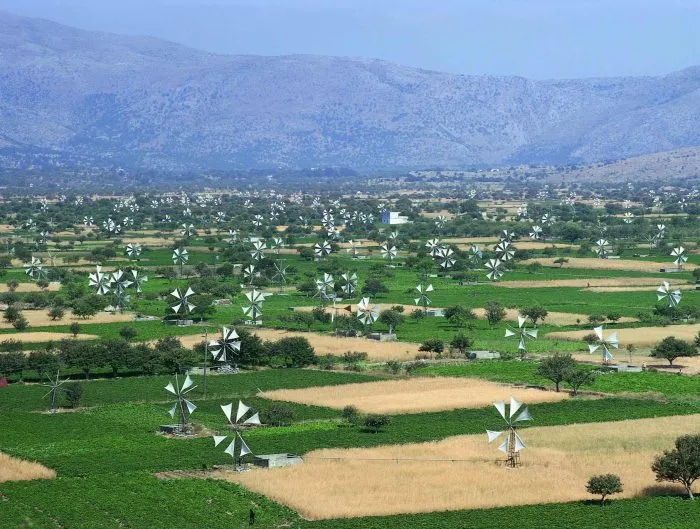
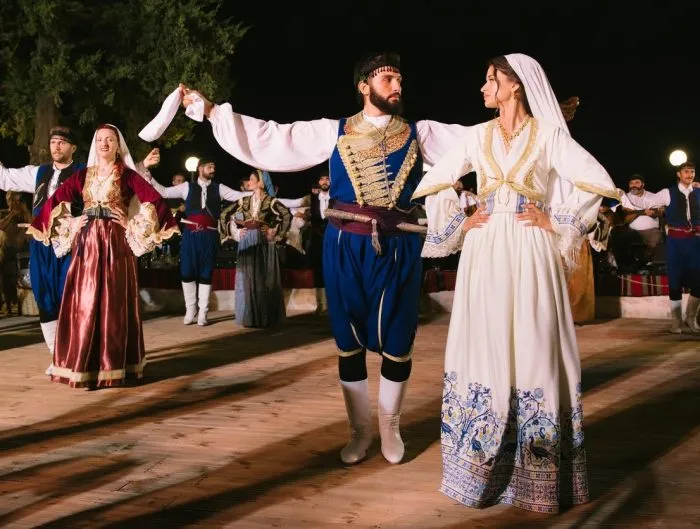
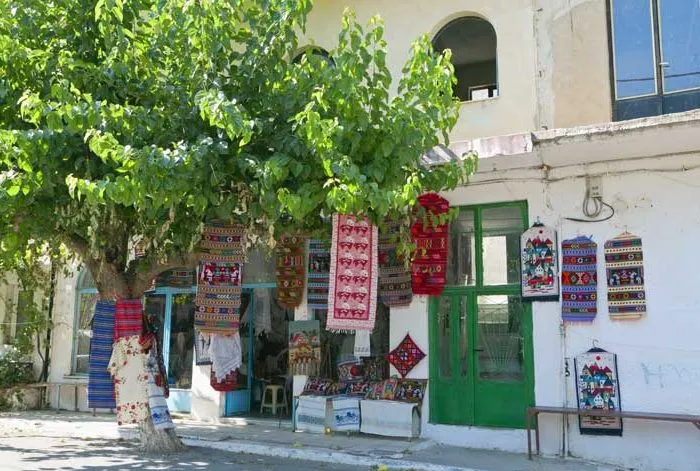
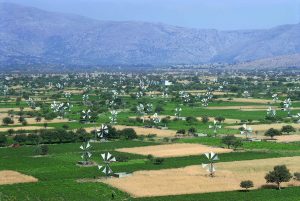
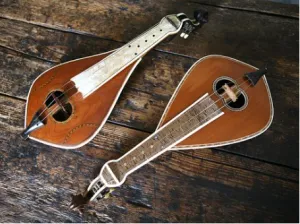


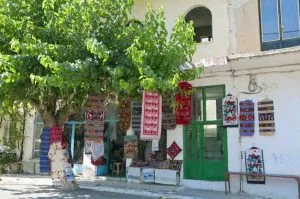





























Leave A Reply